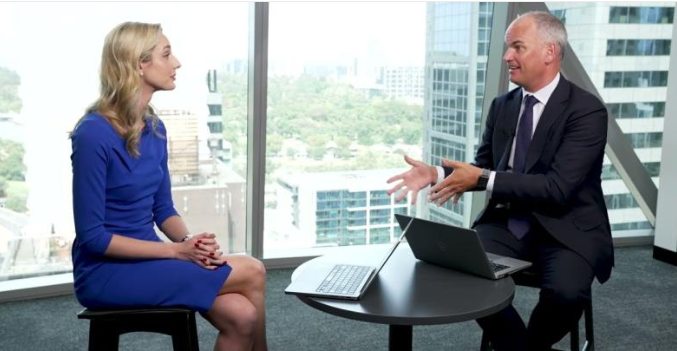The so-called bond market vigilantes reached their apogee in the early 1980s with the vanquishing of double-digit inflation post the 1970s oil shocks.
Of course they did so with the encouragement of then Fed Chair, Paul Volcker, a kind of vigilante par excellence.
Friday’s US May inflation report revealed the highest headline inflation in 40 years at 8.6%. Core inflation was more than expected at 6.0%. The 3-month annualised rate – the inflation ‘pulse’ – rose to 6.3% from 5.7% in April.
These numbers simply underscore the stubborn nature of the inflation challenge and are a setback to the “inflation has peaked” narrative…and they are a strong indication that the Fed (and Biden Administration) still has a “lot of wood to chop.”
In that sense, the “stickiness” in core inflation may mean that the Fed not only increase the policy rate by 50 bps at its next two Federal Open Markets Committee (FOMC) meetings, but also at meetings beyond that.
Alternatively, it may lead the Fed to entertain a 75 basis point increment at some stage, including at this week’s meeting.
The most recent FOMC meeting minutes suggested that “a restrictive stance of policy may well become appropriate depending on the evolving economic outlook and the risks to the outlook.”
The May CPI numbers suggest inflation risks to the upside of the Fed’s projected path.
Financial markets are currently implying a nominal policy rate above 3.0% by year-end and close to 3.75% by mid-2023.
Even on the extremely benign (unrealistic?) assumption of an inflation rate returning to a “steady state” 2.5% in a year or two, implied real Fed Funds rates are far from restrictive levels. This suggests that the actual policy rate may need to increase further than markets are currently pricing in order to achieve such an inflation outcome.
If, as looks more likely, inflation is “sticky” and declines only grudgingly toward 3%, those real policy rate levels start to look too low.
In the same context, I do not see the Fed being disturbed by 10-year bond yields close to 4%.
Real bond yields – both trailing and prospective – are still very low in a historical context. In a period of stubbornly high inflation, it is not clear that the current level of real bond yields is anywhere near sufficiently restraining.
And there are troubling indications that inflation may well exhibit such “stickiness”. Sophisticated measures of ‘underlying’ inflation (such as the Cleveland Fed median and trimmed-mean measures) show stubbornly elevated inflation. Such 3-month annualised measures of the ‘inflation pulse’ are above 6.5% (above 7% in the case of the trimmed-mean measure).
That being the case it is not implausible that the Fed may well wish to engineer even higher levels of bond yields and may need to do so by taking the Fed funds rate higher than markets currently anticipate.
Those aged bond vigilantes may need to ride on again.
Stephen Miller is an Investment Strategy Consultant with GSFM. The views expressed are his own.





